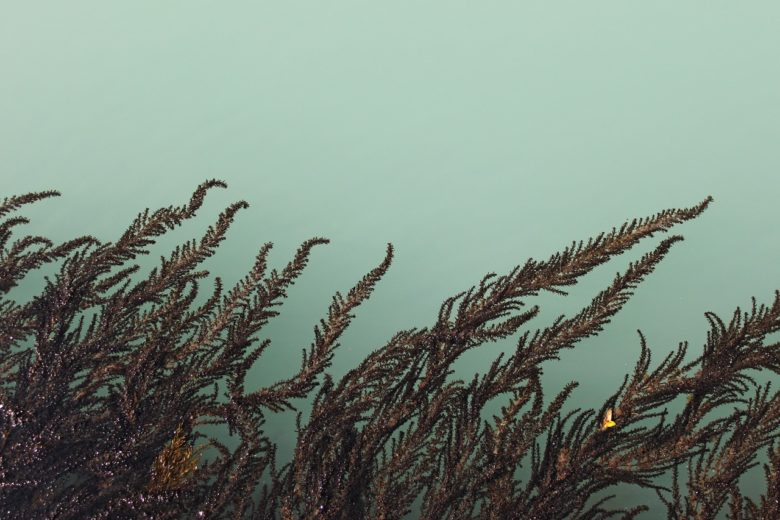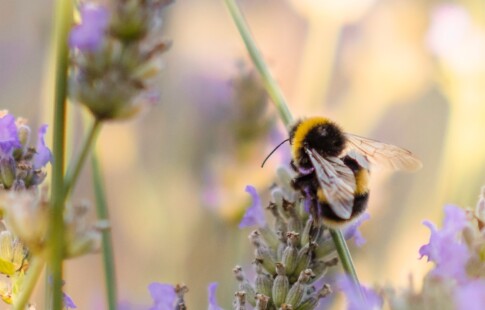
Stopping Florida Red Tide From Spreading
We are reader-supported. When you buy through links on our site, we may earn affiliate commission.
Off the coast of Florida, something in the water is causing wildlife to wash up dead on beloved beaches. The phenomenon is causing fishing operations to stall and costing the state millions of dollars in lost tourist revenue and cleanup costs.
The cause isn’t the apocalypse. In fact, the phenomenon isn’t even particularly unusual. The algal bloom causing Florida’s problems, called red tide, began to appear in records of Florida’s Gulf Coast as early as the 1840s.The culprit behind Florida’s red tide is a tiny organism called Karenia brevis, a type of algae. It’s effects on humans and the ocean ecosystem can be devastating, but currently, there isn’t a lot people can do to stop it.
Here are a few answers to common questions about red tide and a few ways normal citizens can help.
What Is Red Tide?
When the algae K. brevis accumulate in high numbers around coastlines, it becomes what is known as a red tide. Technically, a red tide is an example of a harmful algae bloom. Algae blooms result from conditions that facilitate increased algae growth, such as an excess of nutrients in the water and favorable wind and water currents.
Though red tides don’t happen every year, they tend to take hold in Florida in late summer or early fall. After that, they can persist for weeks to a year or longer. The current algae bloom in Florida began in October 2017 and is still going strong now a year later. Red tide has moved from the gulf all the way to the state’s Atlantic beaches, though in far fewer numbers than elsewhere along Florida’s west coast where the bloom originated.
The location of the red tide is constantly shifting and changing. This makes it difficult to predict when the tide will end. However, the National Oceanic and Atmospheric Administration (NOAA) releases bi-weekly forecasts to advise the public about the bloom’s severity and location.
Though red tides occur semi-frequently along the coasts of Florida and Texas, the current bloom is more persistent than usual. Some people think this could be related to less water circulation, warmer temperatures and nutrient runoff from agriculture and things like septic tanks, though the causes are difficult to pin down.
What Makes Red Tide Dangerous?
The single-celled organism responsible for red tide, K. brevis, poses unique dangers to humans and ocean life because of a compound it manufactures called brevotoxin. The alga makes this neurotoxin inside its cells where it accumulates. When the alga is eaten or broken open by waves, the neurotoxin is released.
In fish and other wildlife that may eat or inhale the algae, brevotoxin compounds open sodium channels in the cells, throwing the balance of sodium inside and outside of the cell membrane completely out of whack. Brevotoxin in the body causes nerves to fire uncontrollably and interferes with the immune system. For ocean animals like sea turtles and manatees, this may result in death.
Like other algae blooms, red tide can also kill wildlife and disrupt the ecosystem by starving the water of oxygen and preventing sunlight from passing through the water’s surface.
- brevis can also be dangerous for humans. When waves break open the algae cells, their neurotoxin is released into the air where it may be inhaled. The toxins can cause respiratory irritation, particularly in people with chronic or serious respiratory conditions such as asthma.
Furthermore, if people eat shellfish contaminated with brevotoxins, they’re likely to get sick. This is called Neurotoxic Shellfish Poisoning (NSP). Though NSP isn’t usually fatal, it can cause gastrointestinal discomfort for several days. Recreational shellfish harvesters are most likely to be affected by NSP because they’re often unaware of contamination.
In general, humans don’t face too much danger from red tide. Many Floridian species as well can bounce back from the algae blooms with relative ease. However, this may not be the case for endangered sea life. It’s in everyone’s best interests to prevent severe red tides however possible.
Can Red Tide Be Stopped?
The question of how to stop red tide — and if we even should — remains complicated.
Some researchers believe it would be possible to stop a red tide once it starts by adding clay to the water to attract and sink algae cells to the bottom of the ocean. This could limit the damage, but some think it might do more harm than good.
Even if the clay method did prove to be an effective way of protecting the ocean from the effects of an algae bloom, it may not be possible. Such a large-scale eradication would require massive amounts of money and permits that are difficult to acquire.
Because there isn’t yet an effective way to eradicate red tide, the best thing people can do is monitor.
How Can You Help?
Once a red tide starts, there isn’t much to do besides waiting for it to run its course. A hurricane may break up the red tide, but it could also exacerbate the problem. Florida residents don’t have to stand by and watch, however.
Florida’s red tides aren’t caused by nutrient pollution, but they are worsened by it. When runoff from agriculture or septic tanks makes it into the ocean, those nutrients can feed the algae and keep the bloom going strong. Florida residents can help minimize red tide damage by ceasing fertilizer use.
Citizen scientists also play a vital role in tracking and monitoring algae concentration and other metrics in bodies of water across the country. You may be able to volunteer your time to help scientists keep track of the bloom’s location. Scientists have neither the time nor resources to take all of the widespread samples they need.
In addition to taking water samples, citizens also help protect wildlife affected by the bloom by reporting incidents of dead, washed up or sick ocean life to local authorities like the Florida Fish and Wildlife Conservation Commission so they can send help.
As with all algae blooms, make sure to thoroughly clean boats and other materials that come into contact with contaminated water before leaving the area to prevent spreading.
A red tide is an event that can pose danger to humans and wildlife alike. However, by taking safety precautions and providing assistance however possible, you can minimize the damage to the environment and the animals living in affected ecosystems.
Share on
Like what you read? Join other Environment.co readers!
Get the latest updates on our planet by subscribing to the Environment.co newsletter!
About the author

Jane Marsh
Starting from an early age, Jane Marsh loved all animals and became a budding environmentalist. Now, Jane works as the Editor-in-Chief of Environment.co where she covers topics related to climate policy, renewable energy, the food industry, and more.





